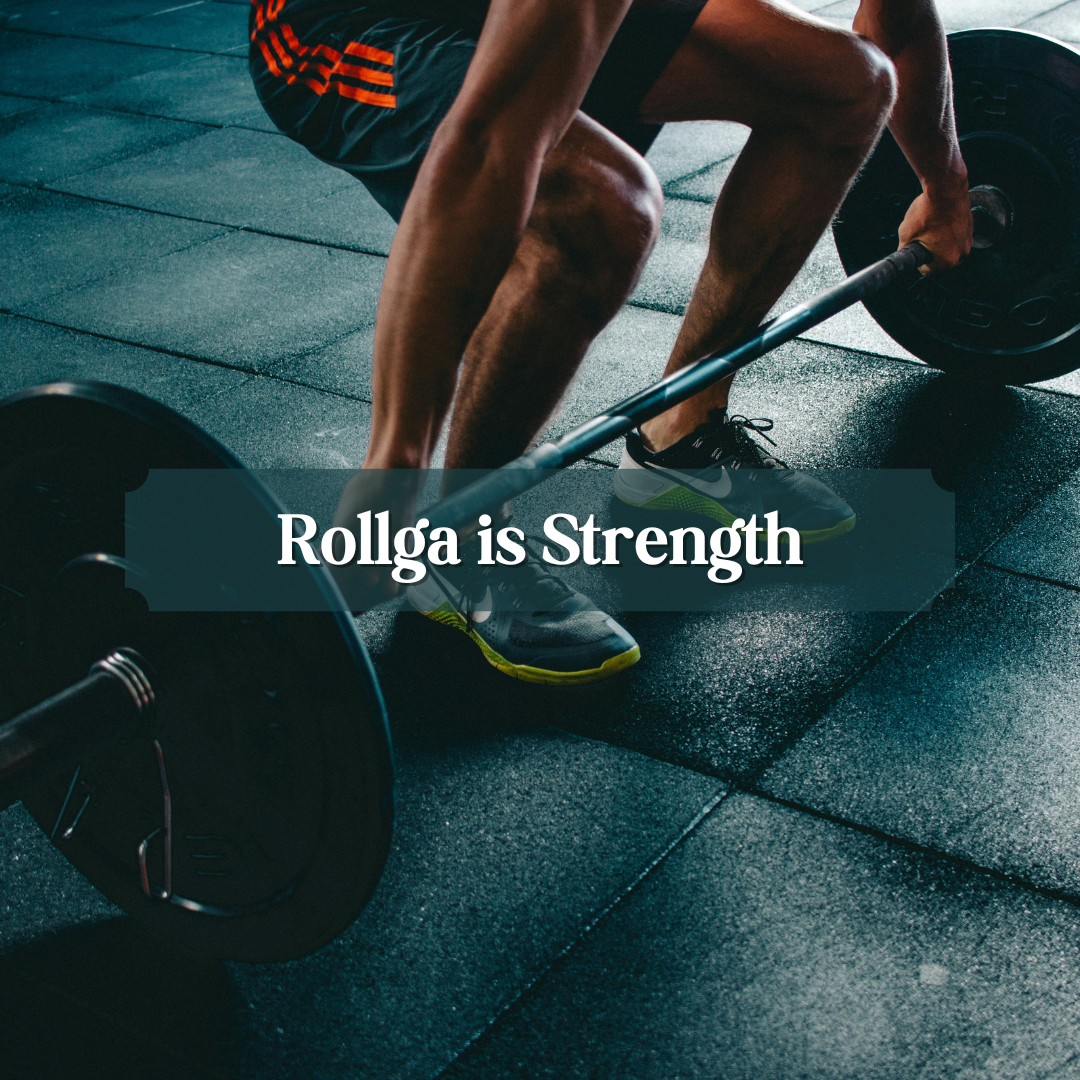
True strength begins with mobility. Without proper movement patterns, even the strongest individuals are prone to injury. Rollga enhances strength training by:
Breaking up muscle adhesions for better flexibility: When muscles are tight, they restrict movement, which can lead to poor lifting form and injuries. Using Rollga before and after workouts helps release knots and adhesions, ensuring optimal muscle elasticity. Foam rolling enhances the quality of muscle tissue, allowing for smoother and more controlled movement patterns.
Improving joint mobility to support heavy lifting: Strength training relies on a full range of motion in key joints like the hips, shoulders, and knees. Limited mobility in these areas can result in compensatory movements, increasing the risk of strains or imbalances. Rollga improves mobility by releasing tension in surrounding muscles and fascia, allowing for deeper squats, smoother presses, and more controlled lifts.
Reducing muscle fatigue for faster recovery: Strength training can lead to muscle stiffness and soreness, which may hinder future workouts. Rollga speeds up the healing process by enhancing circulation and oxygen delivery to fatigued muscles, reducing inflammation, and promoting better muscle regeneration. Faster recovery means you can train more consistently and build strength more effectively.
Enhancing neuromuscular activation: Strength isn’t just about muscle mass—it’s also about efficient neuromuscular coordination. Rollga helps activate underutilized muscles, ensuring that all muscle groups contribute effectively to lifting and movement. This leads to improved stability, control, and overall strength gains.
By incorporating Rollga into your strength routine, you’ll unlock your full potential and train smarter. Stronger muscles, better mobility, and faster recovery mean you can lift heavier, move better, and prevent injuries—all key to long-term strength development.

